Intersecting Identities: A Story of Self Within Society
“There is no such thing as a single-issue struggle,
because we do not live single-issue lives.”
— Audre Lorde
As culturally responsive mental-health professionals, we must consider multiple, interlocking identities that compound and add complex layers to the stories of our clients.
Therapeutic discussions that explore and deconstruct the nuanced web of intersecting social identities such as age, sexual orientation, gender identity, race, ethnicity, ability, class, education, occupation, spirituality, etc. etc. are integral to understanding pain and power; how oppression and privilege may manifest simultaneously.
Skipping these conversations is like throwing away essential pieces to a complex, ever-changing puzzle. Inviting these kinds of discoveries into the room early on can enhance case conceptualizations and shows clients we are not going to shy away from understanding a more intricate and complete picture of their experiences and all the emblematic elements that make up who they are in this world.
Here are some opening questions to guide your conversation into intersecting identities: •
Which identities do you believe impact you most on a day-to-day basis? Least?
In which identities do you experience privilege, oppression or a mix of both?
Which identities are you proudest of, and which are the most challenging to talk about?
Which of your identities do you wish you knew more about, and why?
How do you see your intersecting identities impacting our therapeutic focus areas and goals?
Remember: Examining our own intersecting identities can help us become more comfortable and compassionate in our work with clients.
After all, “The more you know yourself, the more patience you have for what you see in others.”
— Erik Erikson
MORE BY CAITLYN










